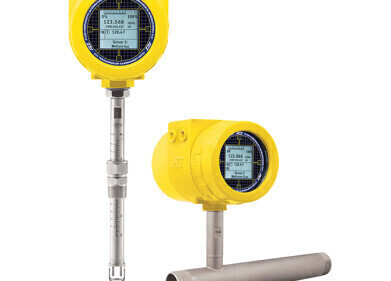Flow Level Pressure
How is OPEC Dealing with the Oil Crash?
Oct 03 2020
The COVID-19 pandemic has sent shockwaves through the energy industry and the world’s largest oil cartel hasn’t escaped the tremors. In a bid to stabilise prices and balance supply and demand, OPEC+ is pressuring nations currently exceeding production caps to make additional cuts.
Despite pushing for further cuts, OPEC+ remains optimistic global oil demand will recover to pre-pandemic levels by the end of 2020. Saudi Energy Minister Prince Abdulaziz bin Salman agrees, saying “Based on the average projections of various institutions, including OPEC, EIA and the IEA, it is estimated that the world will reach about 97% of pre-pandemic oil demand during the fourth quarter - which is a big recovery from the huge falls in April and May.”
In the past OPEC+ has reduced output cut levels to as low as 7.7 million barrels per day (bdp). This is a significant shift from the record high 9.7 million bpd enforced between May and June 2020, which represented around 10% of total global supply.
OPEC+ struggles to enforce production cuts
While OPEC+ can introduce production cuts, enforcing them is another issue. In a recent meeting the cartel met to discuss non-compliance from several countries, including Iraq, Nigeria, Angola and Kazakhstan. According to a statement released by the cartel, any countries that overproduced during the May to July period would need to underproduce by the same volumes in the coming months. Despite pressure, Iraq increased crude oil exports in September to maintain its status as the second largest producer in the OPEC+ cartel.
“It is very important to maintain full conformity,” asserts Russian Energy Minister Alexander Novak. “We should endeavour to put this temporary compensation regime behind us, by clearing all the past over-production by end of September,” adds Prince Abdulaziz.
New COVID-19 outbreaks trigger price crash
While high crude prices are good for oil producing nations and help to balance budgets and build wealth, price increases are a double-edged sword. If oil creeps above US$50 per barrel it could trigger a US shale resurgence which would send demand tumbling and as a result, push prices even further down. OPEC+ has also been forced to deal with new oil price plunges triggered by a global surge in coronavirus cases. Fears over a second round of worldwide lockdowns successfully wiped several percentage points of the price of oil, with lagging demand for jet fuel a major contributor.
For more insight into how global events are impacting the energy market don’t miss ‘ATEX and IECEx Covid-19 and Brexit’ with commentary from Ron Sinclair on behalf of SGS Baseefa.
Digital Edition
PIN 25.1 Feb/March
March 2024
In This Edition Safety - The technology behind the ION Science Tiger XT - Safety with ammonia and LOHCs as hydrogen carriers Analytical Instrumentation - Discussion on new tribology te...
View all digital editions
Events
Apr 22 2024 Hannover, Germany
Apr 22 2024 Marrakech, Morroco
Apr 22 2024 Muscat, Oman
Apr 22 2024 Rotterdam, Netherlands
Apr 23 2024 Singapore
.jpg)

















